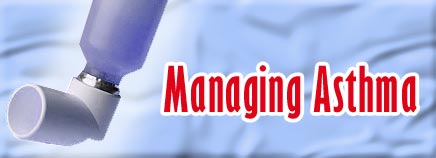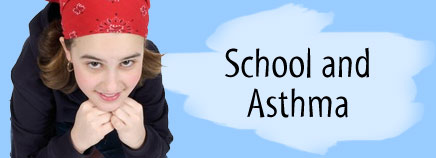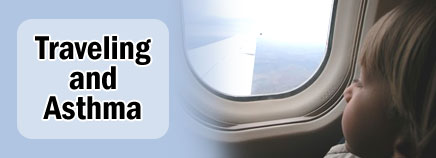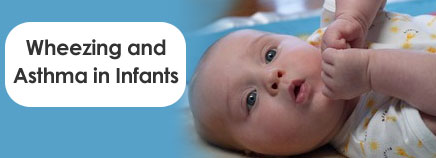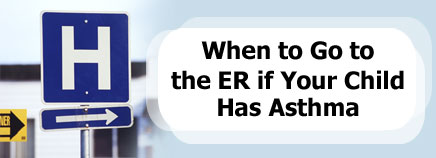Learning About Asthma The good news for most kids with asthma is that it can be controlled — sometimes so well that flare-ups are rare. The learning process can be the hardest part of controlling asthma. Between diagnosis and good control, there’s much to learn and a lot to do. Don’t be …
School and Asthma
An estimated 7 million U.S. kids under age 18 have been diagnosed with asthma and more than 13 million days of school are missed each year because of the condition, according to the American Academy of Allergy, Asthma, and Immunology. But well-managed asthma is far less likely to result in a …
Traveling and Asthma
Your child’s asthma shouldn’t stop you from planning a family vacation or sending your child to sleepover camp or on a trip with friends. With some careful preparation and communication, you and your child should be able to enjoy all the benefits of time away from home. Before you travel, make sure …
What’s an Asthma Action Plan?
An asthma action plan (or management plan) is a written plan that you develop with your child’s doctor to help control your child’s asthma. The goal of an asthma action plan is to reduce or prevent flare-ups and emergency department visits through day-to-day management. Having a written step-by-step plan in …
What’s an Asthma Flare-Up?
Kids with asthma might have days with no breathing problems at all. That’s a relief for parents and for kids because it means that the asthma is under control. But when asthma symptoms like wheezing, coughing, or shortness of breath become more severe, more frequent, or both, it’s known as an …
What’s the Difference Between Quick-Relief and Long-Term Control Medicines?
The two main types of asthma medicine are quick-relief medicines and long-term control medicines: Quick-relief medicines (also called rescue medicines or fast-acting medicines) work immediately to relieve asthma symptoms when they happen. They’re often inhaled directly into the lungs, where they open up the airways and relieve symptoms such as wheezing, …
What’s the Difference Between a Nebulizer and an Inhaler?
Inhalers and nebulizers are two different devices used to deliver quick-relief medicines (also called rescue or fast-acting medicines) or long-term control medicines (also called controller or maintenance medicines) directly into the lungs. Inhalers Inhalers are portable, handheld devices that are available in two types: Metered dose inhalers (MDI) are the most …
Wheezing and Asthma in Infants
Millions of kids under the age of 18 have asthma. Most develop symptoms by age 6; some do as young as by age 3. Asthma is becoming more common in developed countries, though no one knows exactly why. But researchers are sure of one thing: Kids are more likely to develop …
When to Go to the ER if Your Child Has Asthma
One of the main goals of parents whose kids have asthma is avoiding trips to the emergency room (ER) for breathing problems. But it’s also important to know when going to the ER is the right choice. You’ll be better prepared to make that decision if you discuss it with your …

